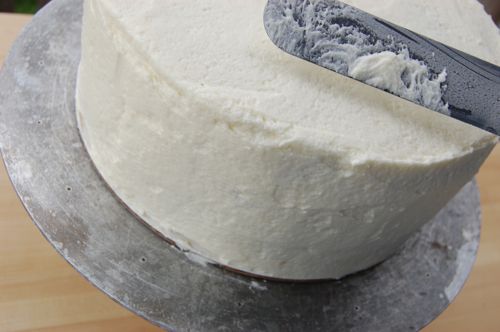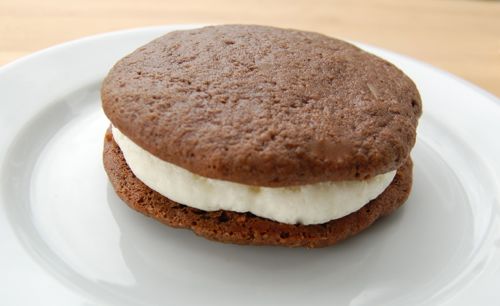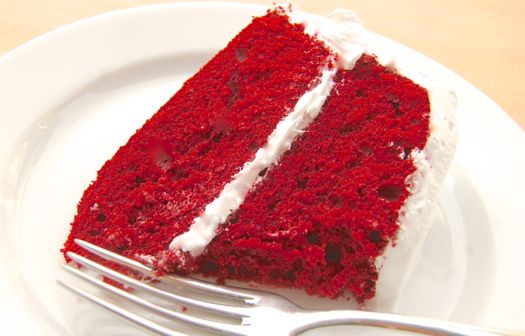What’s the science behind “Heritage” frosting?
So asks reader Pepper. That’s a good question. I presume what you’re really asking, Pepper, is how a mixture of flour, milk, butter and powdered sugar manages to stand in so well for a standard buttercream. The truth of the matter is that there’s not all that much difference between a heritage “cooked flour” buttercream and a standard buttercream, save for the fact that heritage frosting replaces half the butter — a fat and water emulsion — with a starch “gel”.
READ ON

